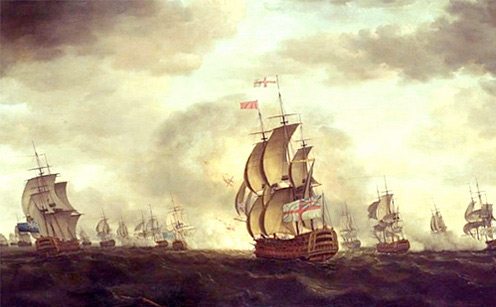
James Forten (1766-1842) was born in Philadelphia, the grandson of slaves. Forten began working with his father at Robert Bridges’ sail loft when he was only 8 years old. When his father was killed in a boating accident a year later, young James had to work even harder and longer hours to help support his family. During the Revolutionary War, 14-year-old Forten became a powder boy, working the cannons on a ship. Although he was captured by the British, they released him and he went back home to resume his work in Bridges’ sail loft. Bridges admired Forten’s work so much that when Bridges retired, he loaned Forten enough money to buy the business, which employed 38 people.
Soon after, Forten invented a sail that provided greater maneuverability and speed. He never patented his sail, but in part because of his invention, his sail loft became one of the most prosperous in Philadelphia. Forten was wealthy by any standards. But what’s especially admirable about Forten is not so much the ingenuity of how he made his fortune, but the humility in what he did with it.
Forten spent more than half of his fortune helping others. He was an avid abolitionist who not only supported William Garrison’s abolitionist newspaper, but he routinely purchased and freed slaves, as well as using his home as a depot for the Underground Railroad. In addition, he supported women’s suffrage and financed a school for black children.
(photo credit: painted by William Ranney in 1845. Public domain.
http://en.wikipedia.org/wiki/Image:Rev_collage.png)
